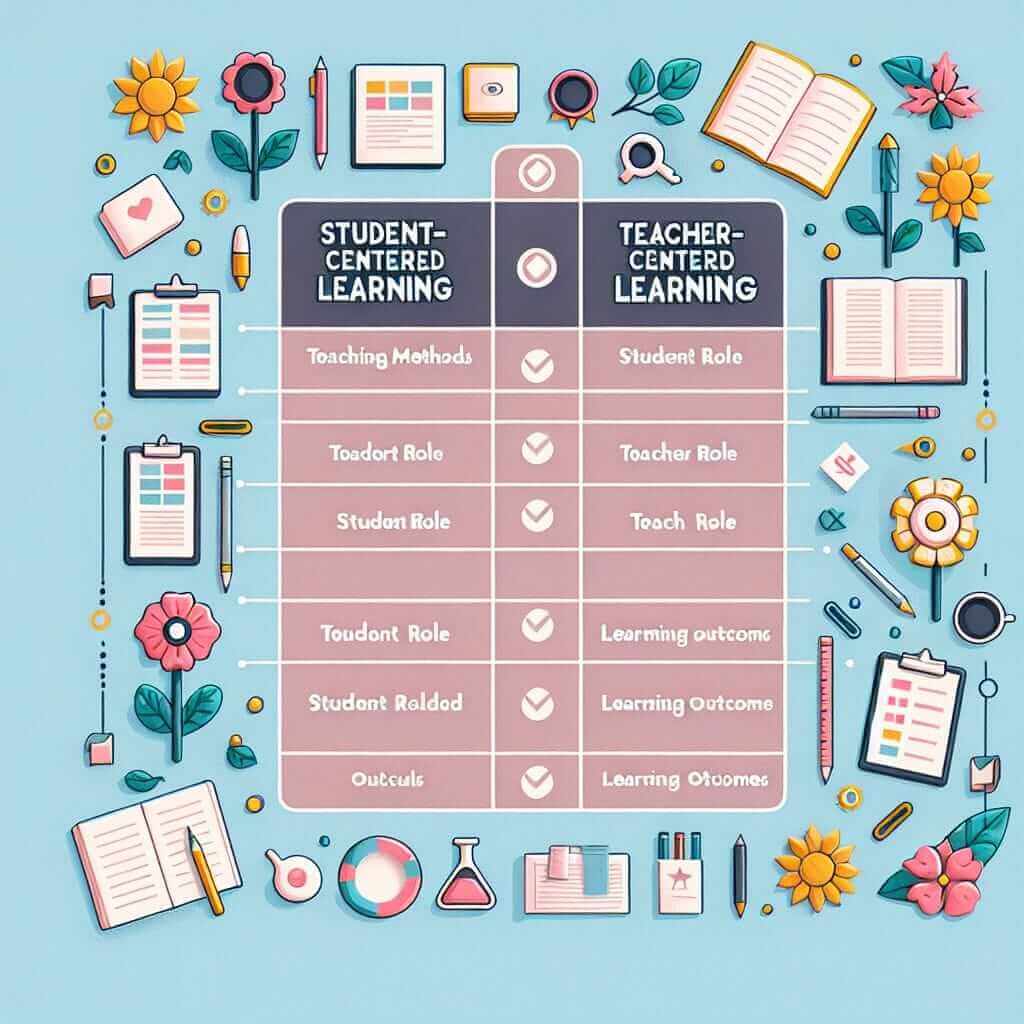Student-centered learning has emerged as a prominent educational approach, sparking considerable discussion about its impact on students’ academic journeys. This approach emphasizes the active role of students in shaping their learning experiences, contrasting with traditional teacher-centric methods. Understanding the implications of student-centered learning is particularly relevant for IELTS test-takers, as it often surfaces in Writing Task 2 questions.
Here are a few IELTS Writing Task 2 questions that reflect this trend:
- Some people believe that student-centered learning is the most effective way to educate students. Others argue that traditional teacher-led instruction is still necessary. Discuss both views and give your opinion.
- The role of the teacher is changing as more emphasis is placed on student-centered learning. What are the advantages and disadvantages of this trend?
- To what extent do you agree or disagree with the statement: “Student autonomy is the key to successful learning in higher education.”
Analyzing and Answering an IELTS Question
Let’s delve into one of these questions and craft a well-structured essay response:
Question: Some people believe that student-centered learning is the most effective way to educate students. Others argue that traditional teacher-led instruction is still necessary. Discuss both views and give your opinion.
Analysis
This question presents a classic “discuss both views” format, requiring a balanced analysis of student-centered learning and traditional teacher-led instruction.
Key Points to Address:
- Define and differentiate: Clearly explain both student-centered learning and traditional instruction.
- Present arguments: Provide arguments supporting each perspective.
- Offer your opinion: State your stance, supporting it with reasons.
- Maintain balance: Give equal weight to both sides before reaching a conclusion.
Model Essay
In contemporary education, a debate rages on regarding the most effective teaching methodology: student-centered learning or traditional teacher-led instruction. This essay will explore both sides of this argument before presenting a concluding viewpoint.
Proponents of student-centered learning champion its ability to foster critical thinking, problem-solving skills, and a love for learning. By placing students at the heart of the learning process, this approach empowers them to take ownership of their education. They are encouraged to ask questions, explore their interests, and collaborate with peers, leading to deeper understanding and enhanced engagement.
Conversely, advocates of traditional teacher-led instruction argue that it provides a structured and systematic approach crucial for building foundational knowledge. They emphasize the teacher’s role as a knowledgeable guide who imparts information, ensures curriculum coverage, and maintains discipline. This structured approach, they argue, is particularly beneficial in subjects requiring sequential learning, such as mathematics or history.
While both approaches have merit, I believe a balanced approach is ideal. Student-centered learning should be integrated to cultivate critical thinking and engagement, while teacher-led instruction remains essential for delivering foundational knowledge and maintaining structure. By combining the strengths of both, educators can create a dynamic and effective learning environment that caters to diverse learning styles.

Word count: 254
Writing Tips
- Clear definitions: Begin by defining key terms like “student-centered learning” to demonstrate understanding.
- Exemplification: Use examples to illustrate the benefits and drawbacks of each approach.
- Comparative language: Utilize comparative language (e.g., “conversely,” “on the other hand”) to signal contrasting viewpoints.
- Cohesive devices: Ensure smooth transitions between paragraphs using linking words and phrases (e.g., “while,” “however”).
Vocabulary Builder
- Proponents (noun) /prəˈpəʊnənts/: Supporters or advocates of a particular idea or cause.
- Champion (verb) /ˈtʃæmpiən/: To support or defend an idea or cause vigorously.
- Foster (verb) /ˈfɒstə/: To encourage or promote the development or growth of something.
- Conversely (adverb) /ˈkɒnvɜːsli/: In an opposite or contrasting way.
- Foundational (adjective) /faʊnˈdeɪʃənl/: Forming a necessary base or core; fundamental.
Conclusion
Mastering the art of discussing educational trends like student-centered learning is essential for IELTS Writing Task 2 success. By understanding the core concepts, analyzing questions effectively, and utilizing a range of vocabulary and grammatical structures, you can confidently articulate your thoughts and achieve your desired IELTS score. Remember to practice regularly, seek feedback, and stay updated on current educational trends to excel in this section of the exam. Other related topics that might appear in your IELTS exam include technology in education, lifelong learning, and the importance of soft skills development.